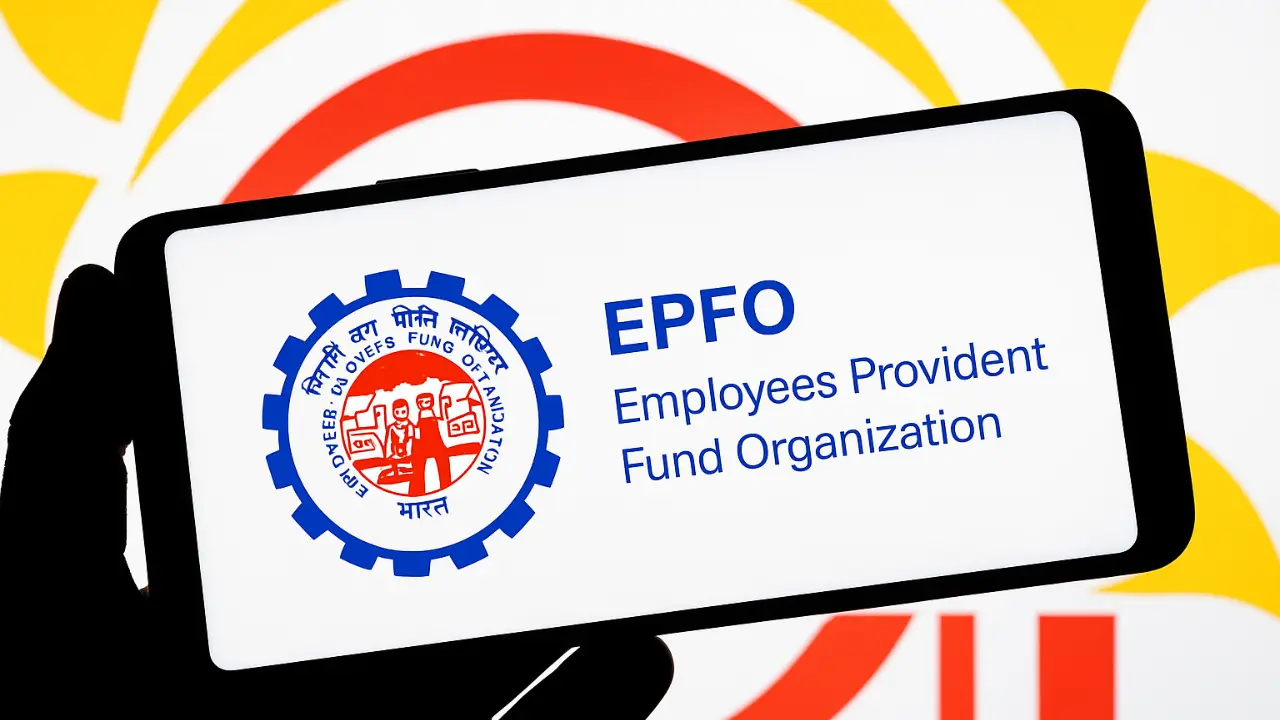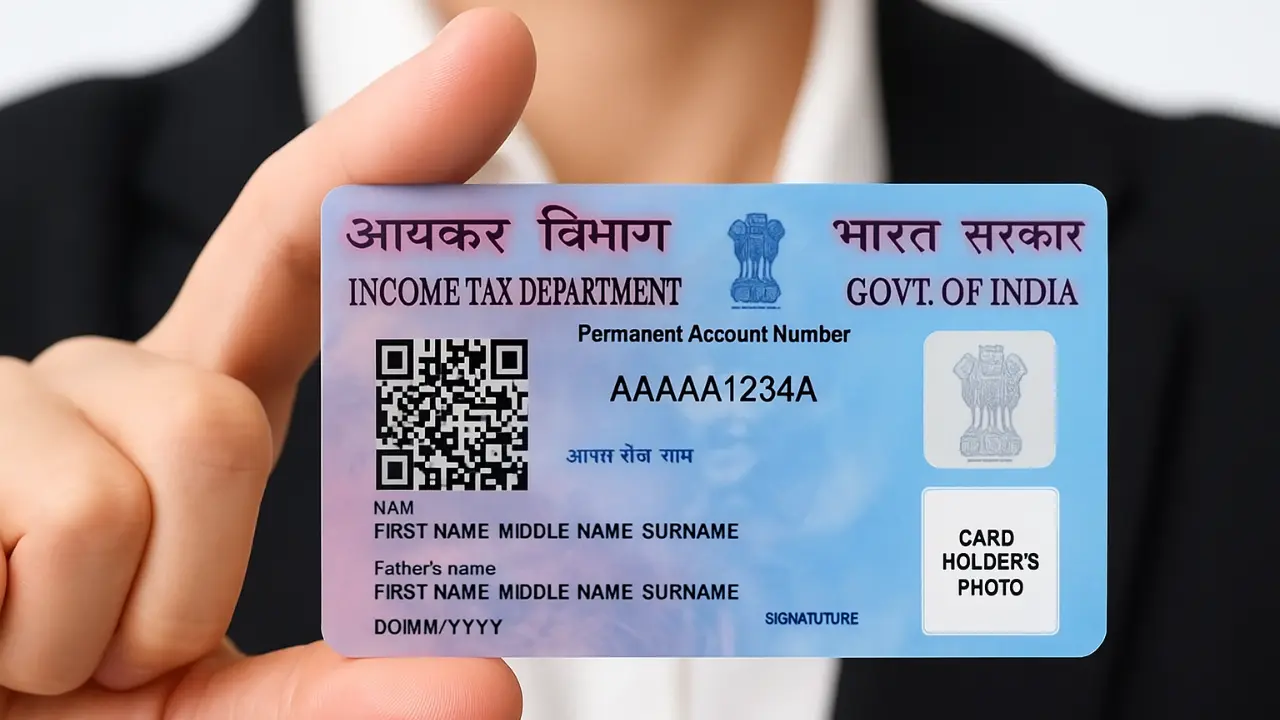Are you preparing to file your Income Tax Return (ITR) for FY 2024–25 and wondering what’s changed in the ITR-2 form? Whether you’re a salaried individual with capital gains, or someone with foreign assets or more than one house property, ITR-2 might be your go-to form this year.
Let’s break down what’s new in ITR-2 for 2025, key updates, filing eligibility, and how to file your return correctly and smoothly.
🧾 Who Should File ITR-2 in 2025?
The ITR-2 form is applicable for individuals and Hindu Undivided Families (HUFs) not having income from business or profession.
You should file ITR-2 if you have:
- Salary or pension income
- Income from more than one house property
- Capital gains (short-term or long-term)
- Foreign assets or foreign income
- Agricultural income above ₹5,000
- Dividend income or income from other sources
✅ What’s New in ITR-2 for AY 2025–26?
The Income Tax Department has introduced a few key changes in the ITR-2 filing process for Assessment Year 2025–26. Here’s what you need to know:
1. Updated Capital Gains Reporting Format
- The schedule for capital gains has been made more detailed.
- Separate reporting for each asset type: shares, mutual funds, land/building, etc.
- Improved fields for cost of acquisition, date of purchase/sale, and FMV (Fair Market Value).
2. Foreign Assets Disclosure Tightened
- Additional details now required for foreign bank accounts, securities, and other assets.
- Disclosure must match Form 67 in case of foreign tax credit claims.
3. Changes in Schedule FA (Foreign Assets)
- More granular disclosure required for ownership, acquisition date, and income source.
4. Dividend Income Segregation
- Enhanced fields to report dividend income separately by source, including taxation at different slab rates.
- Auto-calculation of deduction under Section 80M for certain investors.
5. Increased Pre-filled Data
- PAN-based integration now fetches more pre-filled data from AIS/TIS, Form 26AS, and mutual fund platforms.
- Faster, more accurate filing—but also means you must verify every detail carefully.
6. E-verification Improvements
- The e-verification process is now available via more secure methods, including DigiLocker, Aadhaar OTP, and Netbanking.
📌 Important Dates for ITR-2 Filing in 2025
- Last date for filing without late fee: July 31, 2025
- With late fee (up to ₹5,000): December 31, 2025
- Revised return filing deadline: March 31, 2026
💡 How to File ITR-2 Online (Step-by-Step)
- Visit https://incometax.gov.in
- Log in using your PAN/Aadhaar and password
- Go to ‘File Income Tax Return’ → Assessment Year 2025–26
- Select ITR-2 as your applicable form
- Review auto-filled data; add missing info manually
- Fill in income, deductions, and tax payments (if any)
- Verify and submit with Aadhaar OTP, EVC, or Netbanking
- Download and save the ITR-V acknowledgment
⚠️ Common Mistakes to Avoid in ITR-2 Filing
- Ignoring foreign income disclosure (can lead to penalties under the Black Money Act)
- Entering incorrect capital gains data
- Missing dividend segregation
- Forgetting to e-verify your return within 30 days
- Claiming deductions incorrectly under the wrong section
Final Thoughts
The ITR-2 filing process for 2025 comes with more clarity but also more responsibility. With better pre-filled data and detailed reporting, it’s easier to file but also easier to make mistakes. Take time to review every section—especially if you have capital gains, foreign assets, or multiple income sources.
✅ Pro Tip: Use tax filing platforms or consult a tax professional if your income situation is complex.
- Read More:
New Income Tax Slabs 2025: Zero Tax on Income up to Rs 12 Lakh
New Income Tax Rules From April 2025: Impact on Salaried Employees
Income Tax Calculator: How to Calculate Tax on Rs 12 Lakh Income


















